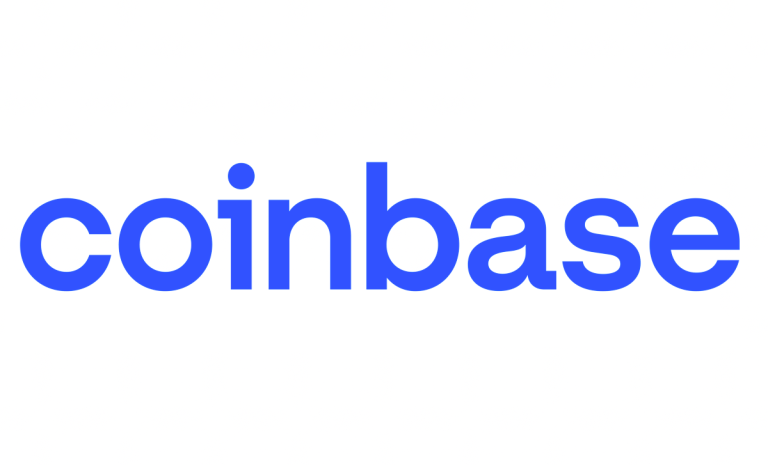Coinbase Debuts Protocol Allowing AI to Make Web Purchases With Stablecoins

Coinbase introduced a way to streamline internet-native stablecoin payments.
The cryptocurrency exchange’s x402 is an open standard that employs the original HTTP “402 Payment Required” status code to embed stablecoin payments into web interactions, according to a Tuesday (May 6) press release.
“The internet economy has always struggled with payments,” the release said, adding credit cards and bank transfers were designed “for a pre-internet world.”
“There is a need for a more modern approach — one that supports autonomous AI agents, the rise of stablecoins and generally enables instant, frictionless payments native to the internet itself,” the release said.
Coinbase’s x402 allows developers and AI agents to pay for APIs, services and software directly with stablecoins over HTTP, offering built-in authentication, automatic settlement and integration into existing web infrastructure, per the release.
“We built x402 because the internet has always needed a native way to send and receive payments — and stablecoins finally make that possible,” said Erik Reppel, head of engineering at Coinbase Developer Platform and co-author of the x402 white paper. “Just like HTTPS secured the web, x402 could define the next era of the internet; one where value moves as freely and instantly as information.”
Stablecoins “were supposed to be crypto’s killer app,” although their journey has been more complicated, PYMNTS reported last month.
“On one hand, there’s an acceleration in the development of stablecoin infrastructure,” the report said. “Circle’s launch of a stablecoin orchestration layer aims to make stablecoins ‘invisible’ [by] moving money across borders, across blockchains and into the hands of consumers without them needing to understand the underlying tech.”
Financial institutions are engaging in experimental projects along with real investment and product launches. There are also efforts to meld the cash and crypto worlds, as exemplified by the partnership between CompoSecure and MoneyGram.
However, “merchant adoption is lagging,” the report said. “The reasons [include] regulatory uncertainty, concerns about fraud and reversibility, technical integration hurdles and the simple inertia of established payment methods. There’s also a user experience gap. Most people are not clamoring for change, especially if it’s more complicated than swiping a card.”



